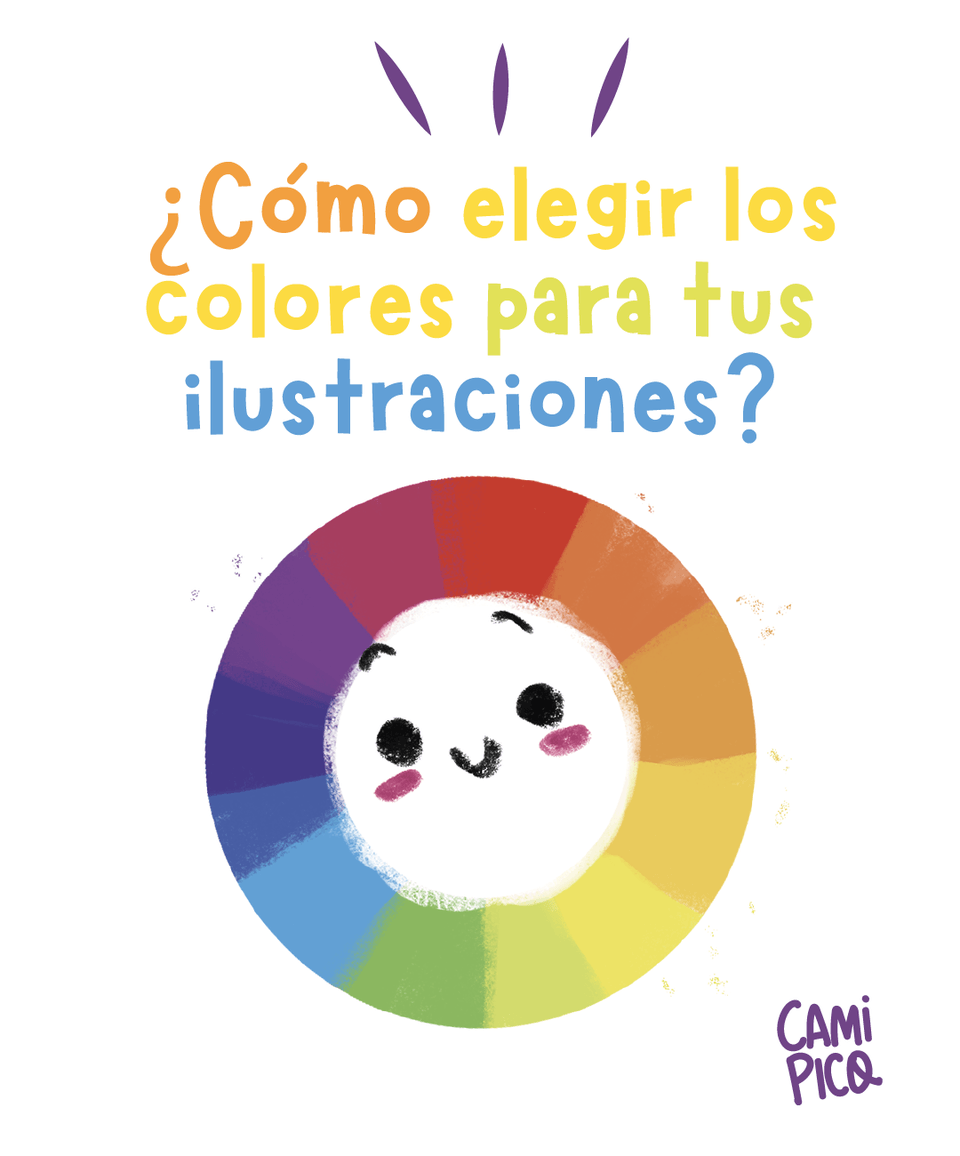Perceptual Color Mixing Mode in Clip Studio Paint
Summary of the article :
- Perceptual Mixing Mode is a feature that allows to mimic the color behaviour in real life. It is useful for classically trained artists who are learning to paint digitally and want a more intuitive experience.
- In [Perceptual Mixing Mode], when colors are mixed with white, they preserve or increase the saturation and the hue shifts. The result is a vibrant and vivid color.
- To turn on the [Perceptual Mixing Mode] : select your brush-tool > go to [Sub Tool Detail] > go to [Ink] section > check the [Color Mixing] option > go to [Mixing Mode] > select [Perceptual]
Perceptual color mixing inside Clip Studio Paint
The perceptual color mixing was added in v.2.0 in Clip Studio Paint, and it's one of the best features for traditional artists who are moving to digital.
What is Color Mixing?
[Color Mixing] is a brush setting inside Clip Studio Paint. With it, you can control how the fresh paint blends with the underlying color. Not all brushes have it, but it's especially important for watercolors and oil brushes.
When enabled, [Color Mixing] has two modes or options : standard and perceptual. The "perceptual" mode allows you to mix digital paint pigments realistically.
Technical Information
This tutorial is based on Clip Studio Paint version 2.1 (released 27/07/2023). You can update your version here :
A closer look at the Perceptual Mixing Mode
The colors in digital software don't display like the colors on a real physical canvas. Have you already noticed when you are blending colors, they turn muddy and dull? Well, the way to keep your colors beautifully saturated, is by setting the [Color Mixing] of your brush-type tools to [Perceptual]. It reproduces the way colors mix in real life.
This is a huge deal for traditional artists who are learning to paint digitally, as well as for digital artists who want a more intuitive color mixing experience.
How to set the Mixing Mode to Perceptual
Firstly, some brushes don't have the Color Mixing mode on. To turn it on, go to [Sub Tool Detail] > then go to [Ink] section. Then enable the [Color Mixing] option by ticking the box.

Look below, and set the [Mixing Mode] to [Perceptual]. Now your colors will look vibrant and saturated even when smudged.
This is enough to get you started. If you want to go further, you can now modify the [Brightness correction] setting. This will make your colors appear more or less bright when mixed.

If you're not sure which brightness correction level to choose, select [Medium] or [Low].
Remember, you can adjust settings differently for each brush!
TIPS
If you are updating from a previous version (prior to version 2.0), the brush settings will not be changed. Meaning, your default brushes remain in the "Standard" [Mixing Mode]. You can manually change the settings in the [Sub Tool Detail] palette.
Alternatively, you can reinitialize the settings for your brush-tools : be careful, because although this will update the default brushes to the [Perceptual Mixing Mode], but it will also reset any custom brushes.
- If you installed Clip Studio Paint for the first time *after* the release of the version 2.0, then your brushes are already set to the "Perceptual" [Mixing Mode].
Please keep in mind that some default sub tools have been updated after the version 2.0 release, and now they are set to the [Perceptual Mixing Mode]. When you go to add a default sub tool, you will see some titles of the brushes include "Ver.2.0". These are the updated brushes. For example, [Crayon Ver.2.0], [Wet wash Ver.2.0], [Gouache Ver.2.0].
This is useful to know, if you are following old painting tutorials and wondering why your brushes may look different from the ones used in the tutorial.
Another useful tip, is to remember to save your new configurations as default if you want to overwrite the old settings of your brush. You can do it by clicking "Save all settings as default".
My final thoughts on Perceptual Color Mixing
I first learnt about Color Mixing from users on ClipStudio ASK over a year ago, and I was eager to learn more about it. Although painting digital was fun, especially when doing lineart, I still found painting traditionally way easier. Something felt wrong when I was mixing colors inside any digital software, and I disliked it.
[Perceptual Color Mixing] opened new horizons. It makes painting with digital watercolors or oil brushes much more intuitive and decreases the learning curve for painters who are moving to digital. I think it's fair to say that a new era has began in digital art industry.
It's nice that you can take your time getting used to this awesome feature. If you are still used to the old workflow or you prefer the old settings for a particular brush, you can always choose between Perceptual and Standard [Color Mixing].
I'm sure you'll enjoy this feature as much as I did : )
Good luck and have fun painting!
Share this information if you found this useful and let's meet in the next tutorial.
Thank you for your time
























Comment